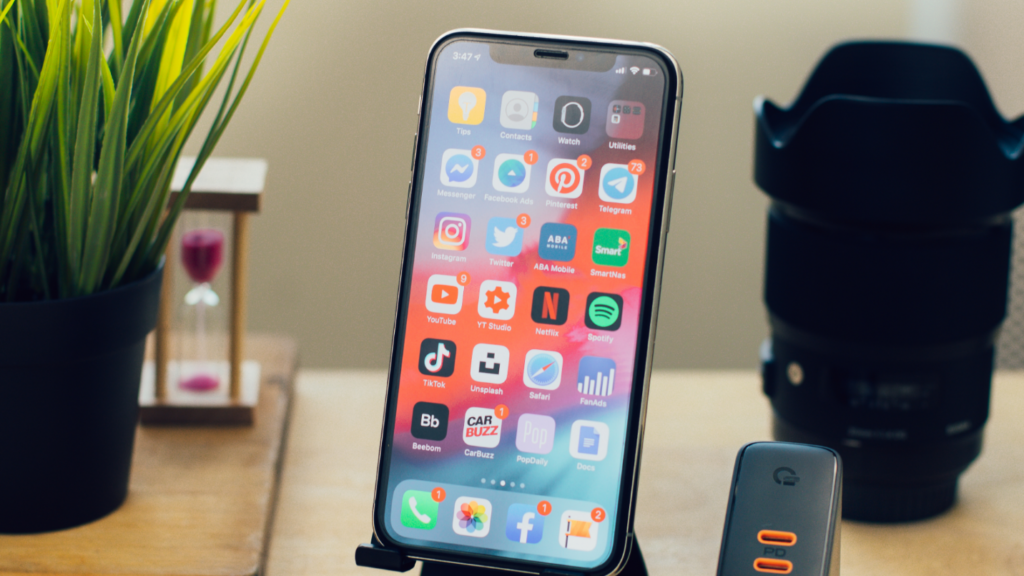
Mobile apps are gaining popularity more than ever as technology developed. Nowadays, almost everything can be accessed through a mobile or tablet. Having a mobile app version can capture more customers, especially the younger ones. Millennials are the main demographics targeted for mobile apps as they are the most technology-inclined generation.
Preparing a financial model can help you picture your goals and objective for your mobile app start-up. It provides you with a different perspective, which is challenging to evaluate without a financial model. It will also assist you in project sales, and expenses to know the timing of cash flows and not run out of budget. If you project that you needed additional capital, you can plan where to source additional funds, especially during the development period.
Let us discuss some of the significant components in preparing a financial plan to assess your mobile app business viability.

Table of Contents
Components of a Mobile App Financial Plan
1. Forecasting Sales
Mobile app development takes time, so it is essential to forecast the average time you can earn and reach break-even. Before then, you need to have enough resources to finance the operation before reaping the earnings. Familiar sources of earnings for mobile app businesses are app downloads, subscriptions, and ads revenues. Forecasting sales can help you achieve your short-term and long-term financial goals and hit the target revenues.
2. Estimating Expenses
For the first months and up to a year, you are more likely to incur costs before earning revenues. Identifying what is needed for the operation and its costs until you start earning will help you prepare the needed capital before starting the business and have back-up sources for additional funding. By estimating your expenses, you can also optimize the available resources and produce optimum output.
Examine the variable costs and fixed costs to help you evaluate what can be adjusted to have maximum returns. If possible, lower your fixed costs to minimize risks.
3. Personnel Plan
Development costs include the salaries of developers, designers, and other personnel you will hire. Salaries constitute your significant expenses during the development period. Having a laid-out personnel plan will help you prepare to source out competent personnel and offer them a competitive salary.
Also, consider if you can hire a development company to do the development process. In this way, you can focus more on the marketing side and minimize the software copyrights and hardware costs if you do it in-house.
4. Preparing Financial Statements
It is crucial to prepare a monthly financial statement, especially during the first year of operation, to track the seasonality of sales and cash flows.
The income statement will show the timing of sales coming in and how many months will it take to start earning. It will also project the different expenses, from the development costs to marketing and distribution expenses.
The balance sheet primarily depicts the financial position of a company. It is simple to prepare since it only includes a few accounts. Starting from assets, it shows the cash and receivables, and next to no fixed assets except for computer sets, hardware, and furniture and fixtures. On the capital side, it comprises the initial capital raised and no liability as mobile app businesses are not creditworthy in the bank’s perspective.
Cash flows show the ins and outs of cash and help the business assess if it can finance the day-to-day operation.
Preparing a financial plan for your mobile will help you test your business’s different perspective and lowers variable risks to help you succeed in your undertaking. Doing it without a plan will keep you in the dark of what might lies ahead and may put your time and effort into nothing.